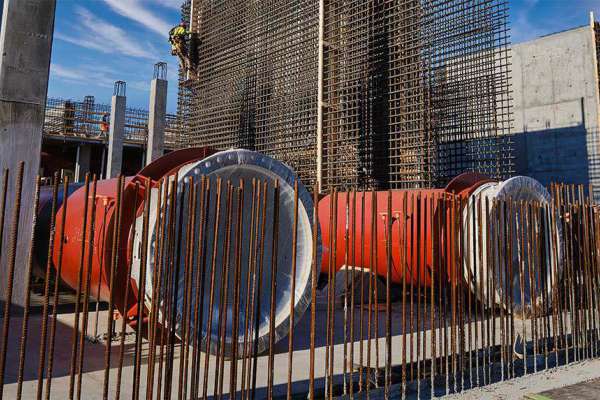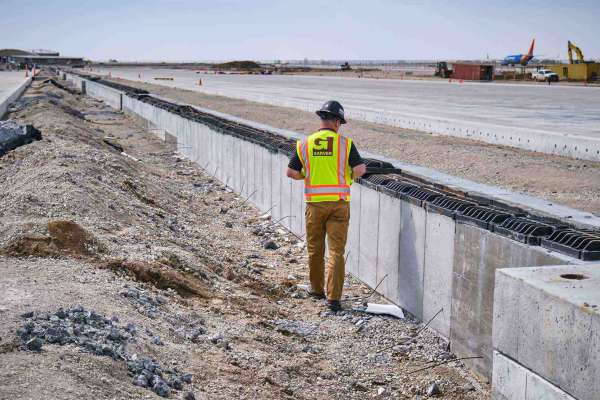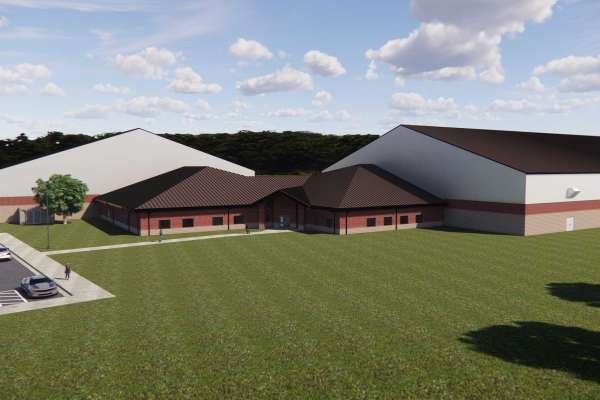Industry Insider
How the real-world applications of Alternative Project Delivery have impacted the Arkansas Department of Transportation’s 30 Crossing project.
What value did choosing APD bring to 30 Crossing?
Based on the scope, complexity, constraints, and the budget, the project team, led by ARDOT staff, knew that innovation was needed to deliver the most important elements of the project. The wish list was pretty extensive, and the budgetary and technical constraints were pretty tough to accommodate. It made this a good opportunity to work with ARDOT and invite innovation, which is frequently cited as a primary benefit to APD. By facilitating collaboration with all involved with the project, we were able to identify where adjustments would create the greatest value. We knew compromises made sense from a cost perspective, and this approach allowed us to home in on the best value for the department.
Why was DBOR the right choice for this project?
In this case, our staff and ARDOT staff worked together to select Design-Build-Optimize- Refine (DBOR), which gave us the opportunity to work collaboratively with the design-builder to set priorities and understand trade-offs with different innovative solutions. This collaborative approach of refining the design allowed the design-builder to optimize the project scope to yield the best solution for the owner. With traditional Design-Build, it would have been much more challenging to have this level of refinement, since many of the design parameters and technical requirements are set at the beginning of the procurement process.
Beyond cost, what is a benefit to APD?
If you look at Design-Build, or Progressive Design-Build (PDB), or Construction Manager/ General Contractor (CMGC), usually you’re shortlisting a very small subset of firms based on qualifications. You certainly take cost into consideration, but when there are a lot of constraints, progressive contracting methods such as CMGC or PDB come into play. On the really complex, very difficult projects, when you get the contractor involved early – when you can identify those risks, when you can get a much better idea early on what the cost is going to be for those different elements – you can make those decisions quickly, set expectations quickly, and arrive at a better solution.
How can Garver help agencies better understand APD?
We will help our clients evaluate the different advantages and challenges of each delivery method to assist with picking the right method for their projects.
We have the ability to provide a strategic approach to program development, procurement management, and contract administration using the delivery method that best fits them. As an example, on the 30 Crossing project, we worked with ARDOT to develop procurement documents, which is the first Design-Build project they had ever undertaken.
How is APD evolving?
The infrastructure market is experiencing significant stress associated with the predictability of labor and material availability; thus increasing uncertainty. To accommodate this risk, progressive delivery models are gaining increased attention.
These delivery methods create a fair approach to accommodate major unknown risks as project development advances.










Share this article